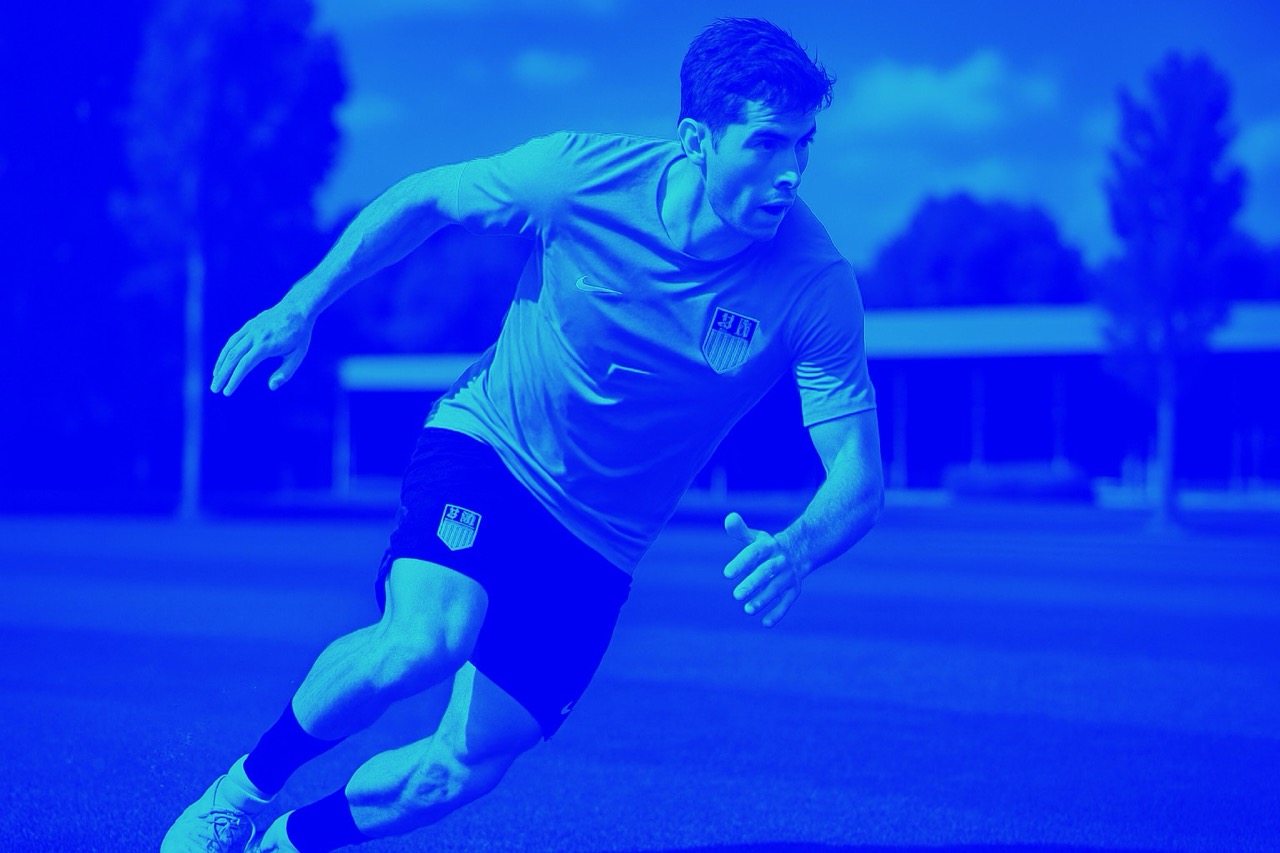Effects of wearable resistance load placement on neuromuscular activity and stride kinematics: A Preliminary Study
Brown M, Giroux C, Lacome M, Leduc C, Hader K, Buchheit M. Effects of wearable resistance load placement on neuromuscular activity and stride kinematics: A Preliminary Study. South African Journal of Sports Medicine, In press.
Full paper here
Abstract
Objectives: To investigate the acute neuromuscular and stride characteristic responses to different wearable resistance (WR) loads and placements on the calf muscles during high-speed running.
Methods: 10 well-trained subjects completed a workout of 10 sets of three 10-s runs at 18km.h-1 (20-s of rest between runs and 1-min between sets). Five conditions were tested: 1) unloaded control, 2) bilateral 0.75 vs. 1.5% body mass (BM) loading on the distal posterior calf, 3) bilateral proximal vs. distal loading of 1.5% BM positioned posteriorly, 4) bilateral anterior vs. posterior loading of 1.5% BM positioned distally, 5) unilateral loading of 1.5% BM on the distal, posterior calf. Data were collected using Electromyography (EMG) and back-mounted GPS-embedded accelerometers. Magnitude of differences of within-athlete, between-muscle comparisons were calculated using effect sizes (ES) ± 90% confidence limits (CL).
Results: No substantial differences in accelerometry data were observed between any of the loaded conditions and the control.
EMG activity was lower for proximal loading compared to control for the Gluteus maximus (ES±90%CL; -0.72±0.41), Vastus lateralis (-0.89±0.47) and Vastus Medialis (VM) (-0.97±0.46). Anterior loading induced substantially lower EMG activity for the Semitendinosus (-0.70±0.48) and VM (-0.64±0.39) muscles compared with control. EMG activity of the VM (-0.73±0.46) muscle was also substantially lower for posterior loading compared to control.
Unilateral loading induced no substantial differences in EMG activity between the loaded and unloaded legs.
Conclusions: This preliminary study has provided a rationale to perform further investigations into the effects of WR lower-limb loading on stride characteristics and EMG activity from a chronic standpoint using a larger population.
Keywords: Stride Characteristics, Neuromuscular Activity, Electromyography, Accelerometry, Muscle Activation






